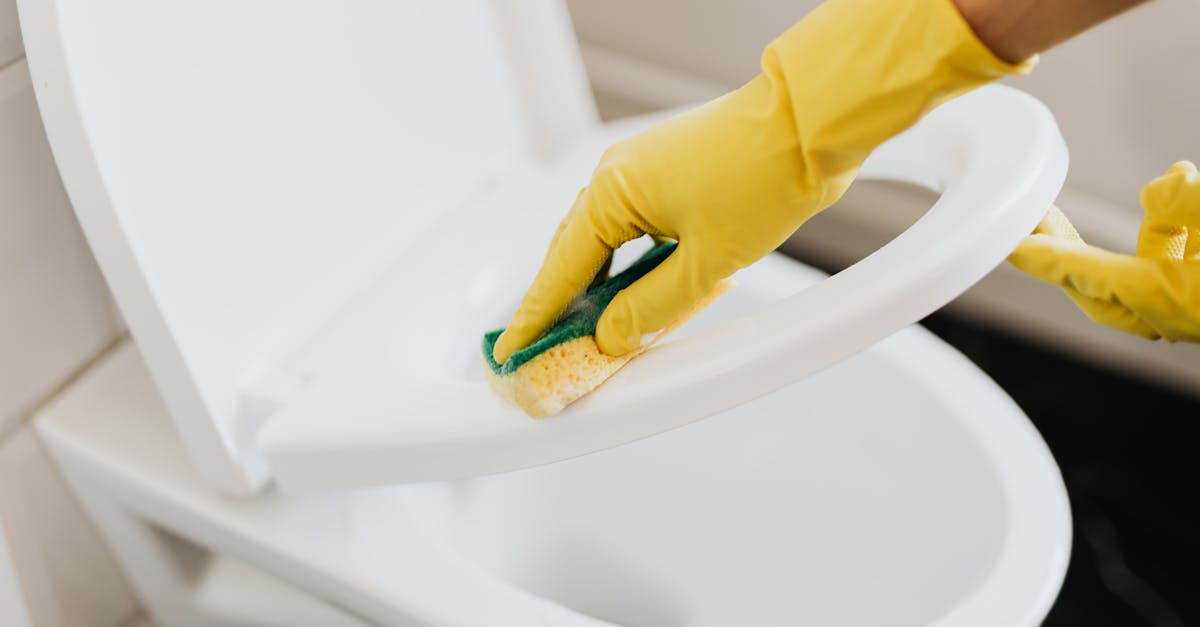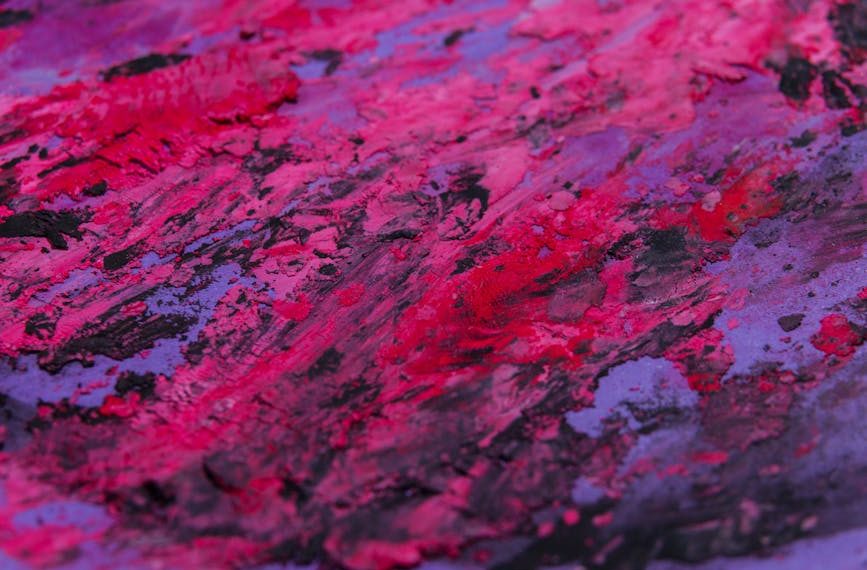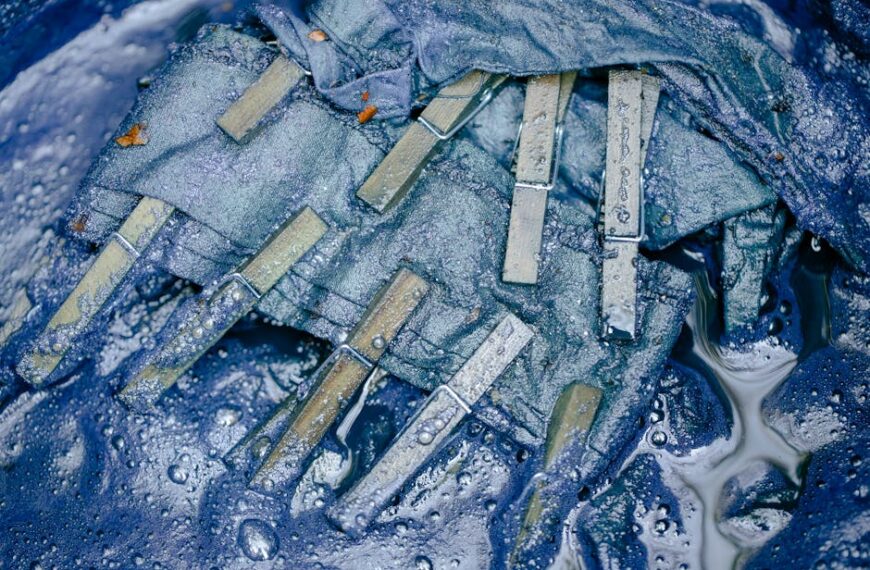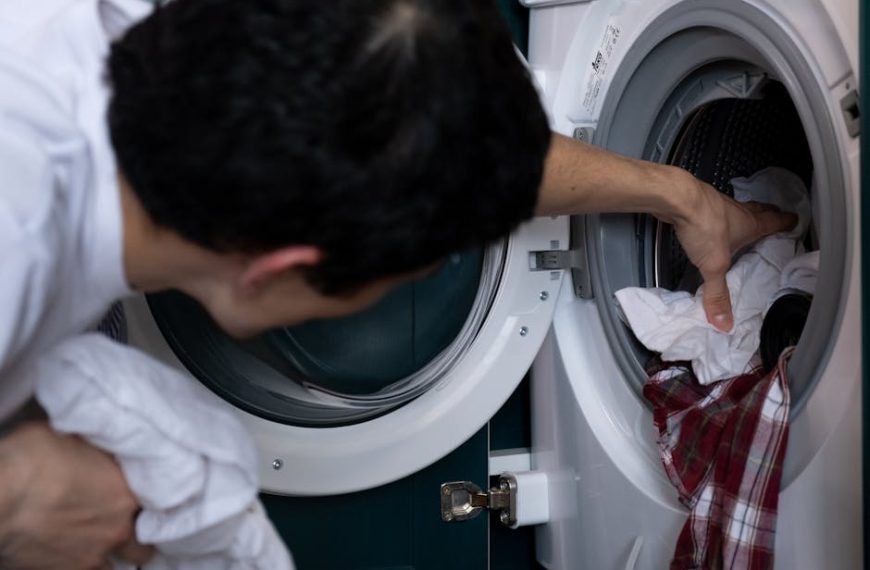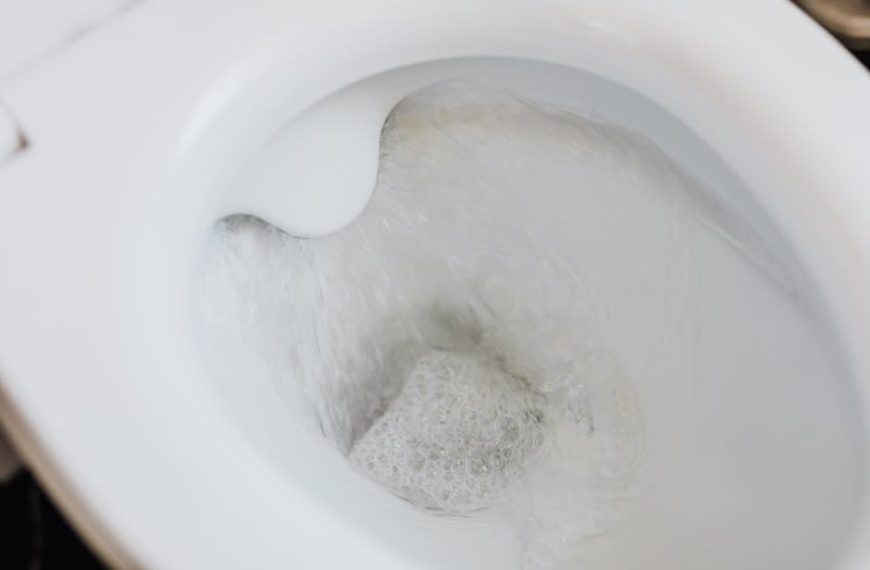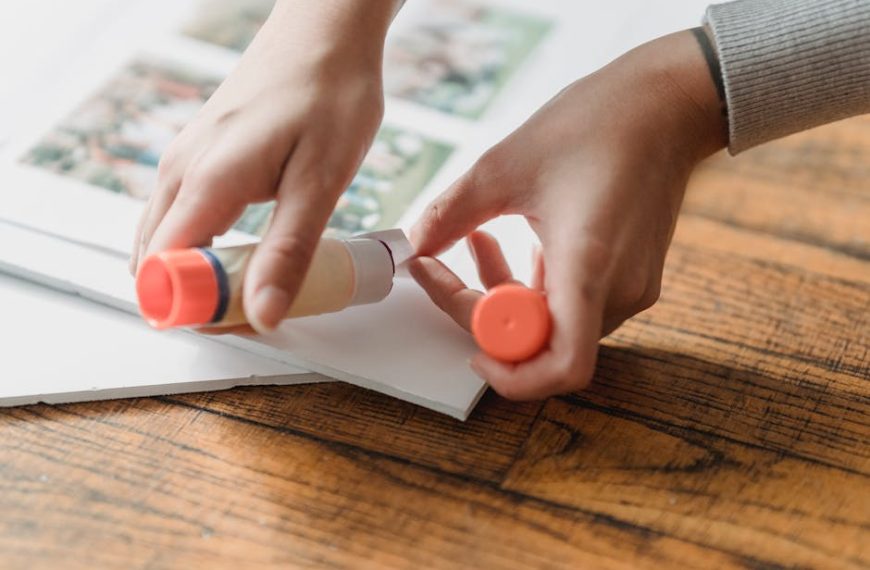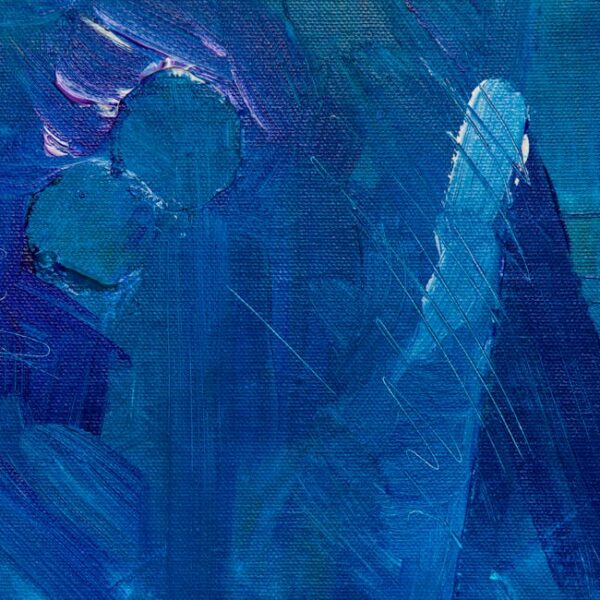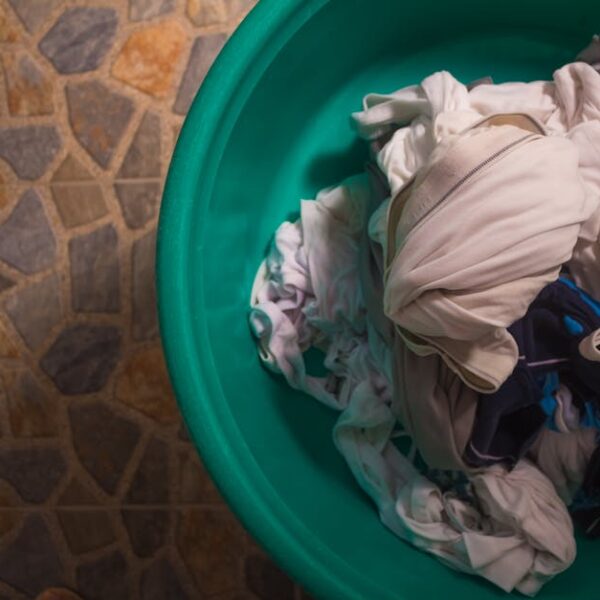When limescale clings onto your bathroom toilet, it can leave behind a dingy, unattractive layer that’s stubbornly hard to remove. The battle against limescale, however, isn’t impossible to win. With the right remover and know-how, you can effectively banish this unwelcoming grime from your toilet.
Understanding the Basics of Limescale Formation
Limescale is a hard, off-white crusty deposit often found in places with hard water, which has high amounts of minerals such as calcium and magnesium. It forms when water containing these minerals evaporates, leaving behind the mineral residue. And yes, toilets are a prime breeding ground for this persistent deposit.
- High mineral content in water
- Frequent flushing
- Infrequent cleaning
- High water temperature
Pro tip: Hard water contributes significantly to limescale formation. If your town or city has a hard water supply, it’s more likely you’ll encounter limescale in your toilet and other plumbing fixtures.
Signs that Indicate a Limescale Problem
How do you know your toilet has limescale? Observing the following signs can give you a hint:
- Discolored streaks or stains on toilet bowl
- Uneven or slow flushing
- Noticeable scratches or a rough feel when cleaning
- Persistent grime that’s hard to remove
Best Practice: Detecting limescale issues early helps nip the problem in the bud. Regular inspection can minimize potential damage and ensure you maintain a clean, comfortable toilet.
Choosing the Best Remover for Limescale
Not every remover sold in stores will win the fight against limescale. Depending on the level of buildup, stubborn limescale might require a specially-formulated product that’s strong enough to tackle the deposit but gentle enough not to damage your toilet’s surface. Here are attributes to consider:
- Strength: Does it have the potency to effectively remove limescale?
- Safety: Is it safe for your toilet’s enamel?
- Eco-friendliness: What impact does it have on the environment?
- Ease of use: Is it user-friendly? Does it require any special instructions for use?
- Price: Is it affordable? Does it offer value for money?
Comparing different products will help you make an informed decision and choose the remover that best fits your needs.
Step-by-Step Guide to Removing Limescale
Once you have your limescale remover at hand, it’s time to get to work. The journey to a limescale-free toilet starts here.
- Wet the limescale: Begin by pouring warm water on the stained areas. This will help to soften the limescale deposit.
- Apply the remover: Follow the manufacturer’s instructions and apply the limescale remover to the affected areas.
- Wait and let it soak: Leave the remover on the limescale for several minutes or hours, depending upon the instructions on the product.
- Scrub off the limescale: Using a toilet brush or scrubbing sponge, scrub at the soaked limescale until it begins to break down.
- Flush: Once you’ve scrubbed sufficiently, flush the toilet to wash away the broken-down limescale.
- Repeat if necessary: If the limescale is particularly stubborn, you may need to repeat the process.
Pro tip: Trouble reaching the heavy limescale deposits under the rim of the toilet bowl? An old toothbrush can be your friend here, allowing you to scrub those hard-to-reach spots effectively.
Can Removing Yellow Stains from My Toilet Seat Help with Limescale Buildup?
To effectively maintain your toilet’s hygiene, it’s crucial to remove yellow stains from toilet surfaces. Yellow stains can indicate limescale buildup and other impurities. Regular cleaning not only enhances the appearance but also prevents the accumulation of limescale, promoting a healthier bathroom environment. Keeping surfaces clean can make a noteworthy difference.
Maintaining a Limescale-Free Toilet
Once you’ve battled and won over limescale, your focus should switch to prevention. Consistent cleaning and maintenance go a long way in keeping your toilet limescale-free.
Best Practices:
- Clean your toilet weekly: Regular cleaning will prevent limescale from building up, and catch any early signs of formation.
- Use a mild, limescale-preventing cleaner: Frequent use of strong chemicals can damage your toilet’s enamel.
Checklist:
- Daily: Wipe down toilet surfaces with a cloth to prevent water from evaporating and leaving mineral deposits.
- Weekly: Use your chosen limescale remover and give the toilet a thorough clean.
- Monthly: Check for early signs of limescale and address it immediately.
Winning the war against limescale is all about understanding what it is, why it forms, how to remove it, and most importantly, how to prevent it. With this comprehensive guide, you’re well-equipped and ready to maintain a sparkling, limescale-free toilet. It’s time to bid adieu to persistent grime and say hello to your clean and comfortable throne!
Key Takeaway:
- Limescale is formed due to high mineral content in water, frequent flushing, infrequent cleaning, and high water temperature.
- Certain signs can indicate a limescale problem, such as discolored streaks on the toilet bowl, uneven or slow flushing, and a rough feel when cleaning.
- The best limescale removers are strong yet gentle on your toilet’s enamel, eco-friendly, easy to use, and offer value for money.
- To remove limescale, soften the limescale with warm water, apply the remover, let it soak, scrub with a brush, flush to wash it away, and repeat if necessary.
- Regular cleaning and maintenance can help to prevent limescale build-up.
The battle against limescale may seem daunting, but with the right knowledge, tools, and a consistent cleaning schedule, you can easily maintain a limescale-free toilet. Embrace these effective practices to ensure a clean, comfortable, and well-functioning toilet in your home.
FAQs
Q: Does all hard water cause limescale?
A: Yes, all hard water, which is high in minerals such as calcium and magnesium, can potentially cause limescale when it evaporates and leaves behind mineral residue.
Q: How long does a limescale remover need to soak?
A: Different removers have different soaking times, ranging from several minutes to hours. Follow the manufacturer’s instructions for best results.
Q: Can limescale damage my toilet?
A: Prolonged limescale can cause damage, such as scratches or a rough feel when cleaning, which is why it’s crucial to remove it as soon as detected.
Q: What’s the best way to reach heavy limescale deposits under the rim?
A: To reach limescale deposits under the toilet bowl’s rim, a small brush, like an old toothbrush, is useful to scrub those hard-to-reach spots effectively.
Q: How often should I clean my toilet to prevent limescale?
A: Cleaning your toilet thoroughly at least once a week can prevent limescale from building up. Daily wipe-downs of the toilet surfaces will prevent water from evaporating and leaving mineral deposits.
Encourage others to break free from limescale troubles by sharing this article and explore more posts on bathroom cleaning tips and techniques on our website.
